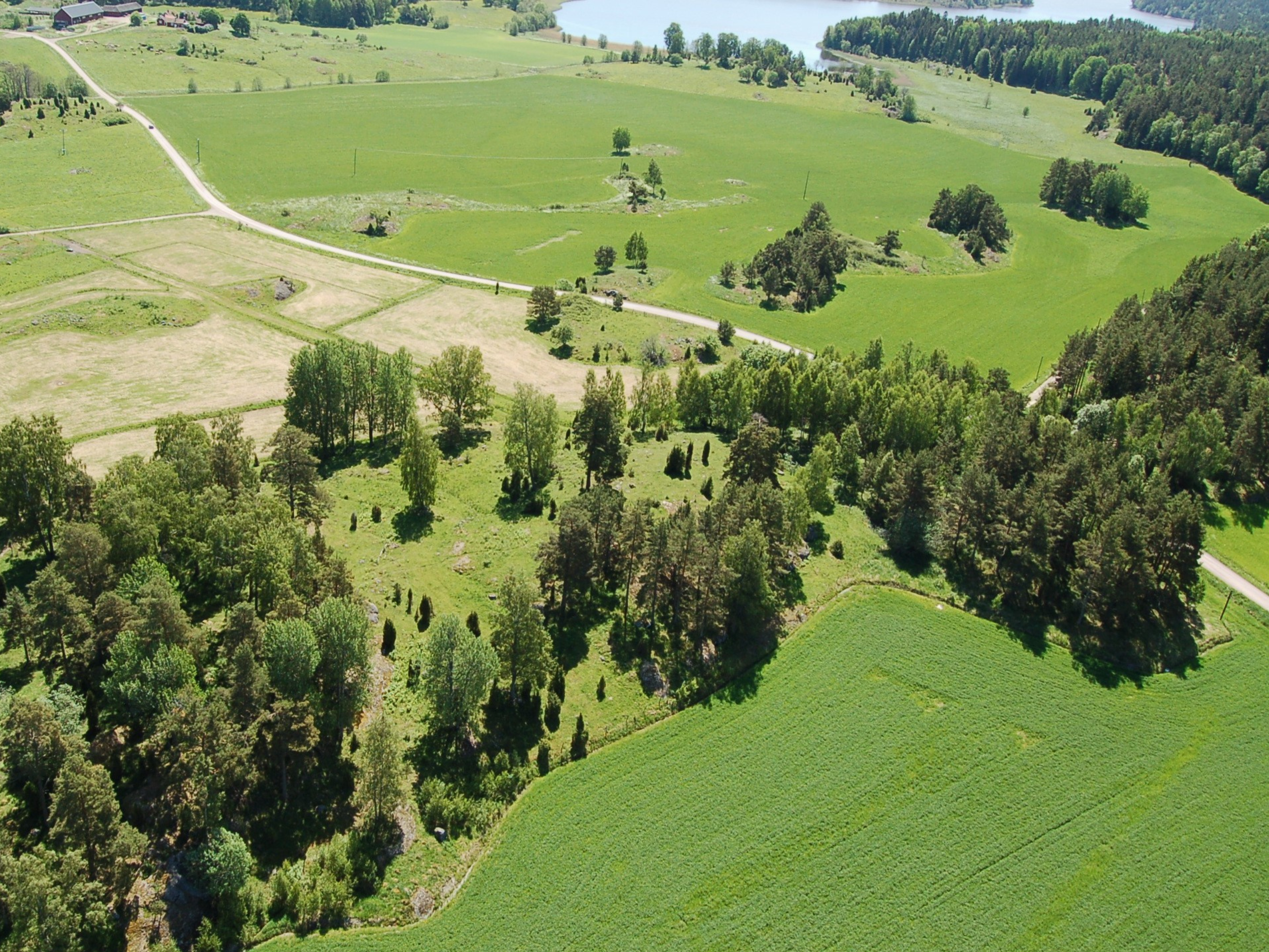The relationship between landscape and pollinators is key to restoring grasslands
- IMEDEA (CSIC-UIB) co-leads a study highlighting how important the surrounding landscape is in restoration projects to ensure robust, resilient pollination networks
- The study has just been published in the Journal of Applied Ecology and includes guidelines for both European and global meadows and grasslands
European grasslands represent a hugely biodiverse ecosystem. Nevertheless, these landscapes are threatened by intensive farming, afforestation and a move away from traditional farming and grazing. In order to ensure successful restoration in these settings, an international study led by the Mediterranean Institute for Advanced Studies (IMEDEA, CSIC-UIB) and Rey Juan Carlos University (URJC) underlines the importance of the surrounding landscape for restoration programmes, as well as its significant influence on plant-pollinator interactions. As Carlos Lara Romero, a researcher at the URJC and joint author of the study, points out, ‘when designing restoration programmes, we need to carefully consider the surrounding landscape in order to foster a robust, resilient pollination network’.
The research selected 24 old and restored meadows and grasslands in Sweden, Germany and Belgium to represent Europe’s geographical diversity. Moreover, the influence from the surrounding green infrastructure was observed, such as farming borders and paths with residual grassland areas and woodland edges.
The findings reveal restored meadows comprise more exclusive (specialised) communities with more specific interactions between plants and pollinators, particularly bees and butterflies. ‘This discovery suggests restored grasslands could be less redundant (i.e. less resilient) than their older counterparts in terms of functionality’, explains the URJC researcher, adding that ‘the study also provides solid evidence on how the surrounding green infrastructure plays a key role in pollination levels and the presence of different pollinating species’. More specifically, Anna Traveset, a researcher at IMEDEA (CSIC-UIB) and the article’s main author, highlights ‘reduced green infrastructure leads to simpler pollination networks that are less resilient to future disturbances’.
 Photo: Old meadow in Nyckleby, southwest Sweden. Author:Sara Cousins
Photo: Old meadow in Nyckleby, southwest Sweden. Author:Sara Cousins
Solutions to restore grassland biodiversity
Insect pollinators play a key role in plant reproduction and their absence may hinder desired outcomes when restoring semi-natural environments, such as meadows. With a view to providing a solution for possible unfavourable outcomes, the international team of scientists assessed reproductive output in plants pollinated by insects, whilst considering their link to the surrounding green infrastructure. ‘The answer is not limited to simply stripping away shrubs and trees in grasslands without grazing herbivores. The return of insect pollinators is equally important’, states Lara Romero.
The researcher also adds that ‘to prevent generalist species taking over from specialists in restored meadows and grasslands, we suggest boosting the presence of specialist species by increasing ties to original populations’.
‘The study’s recommendations are not only relevant for conserving semi-natural European meadows and the pollination services they provide, but may also have an impact on conserving and restoring similar ecosystems in other regions, i.e. on a more global scale’, concludes Traveset.
Traveset, A; Lara-Romero, C; Santamaría, S; Escribano-Ávila, G; Bullock, JM; Honnay, O; Hooftman, AP; Kimberley, A; Crickl, P; Plue,J; Poschlod, P; Cousins, SAO. 2023. Effect of Green Infrastructure on Restoration of Pollination Networks and Plant Performance in Semi-natural Dry Grasslands across Europe. Journal of Applied Ecology. DOI: doi.org/10.1111/1365-2664.14592
Comunication CSIC Balears y Editorial URJC-UCC+I



